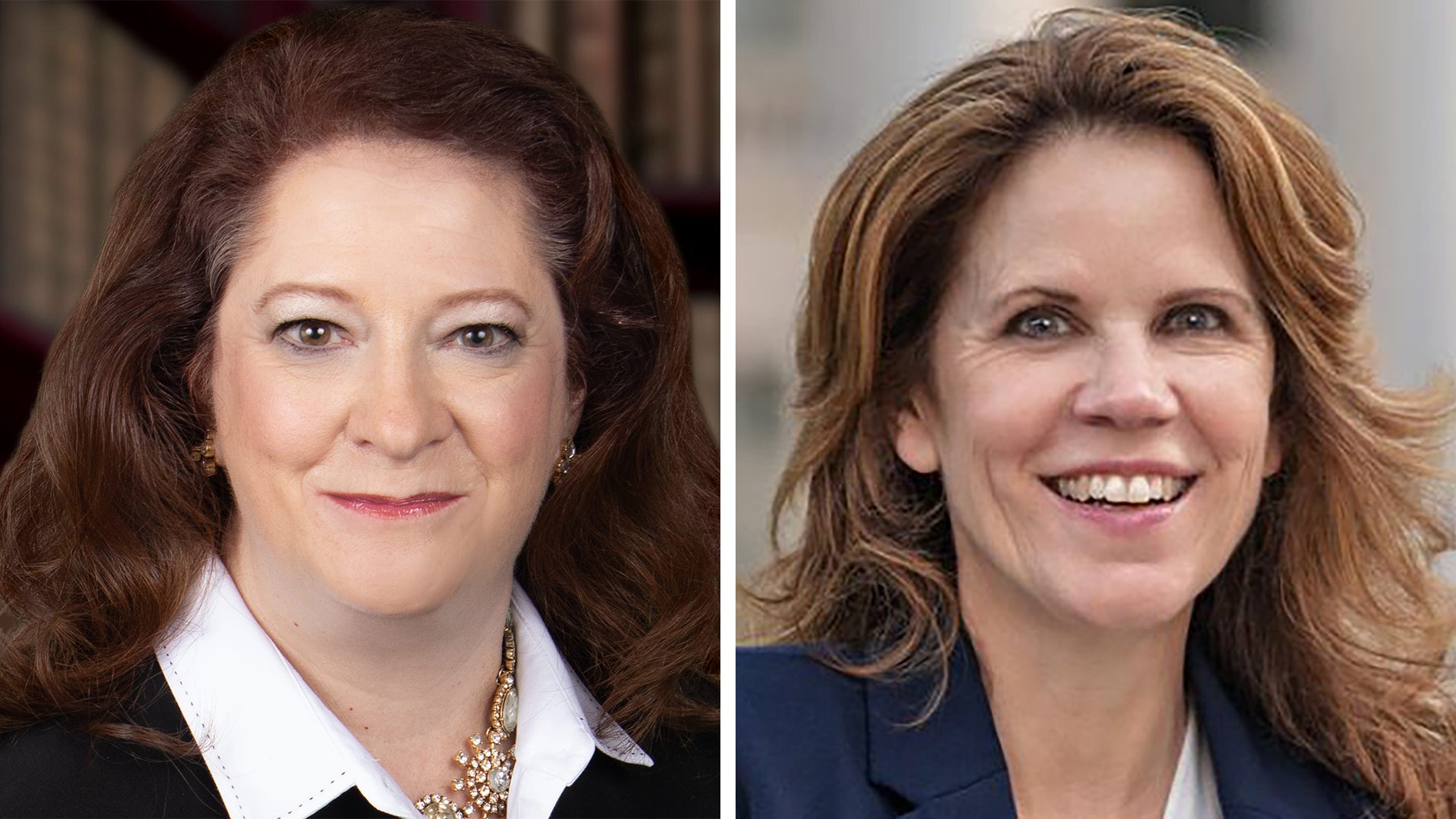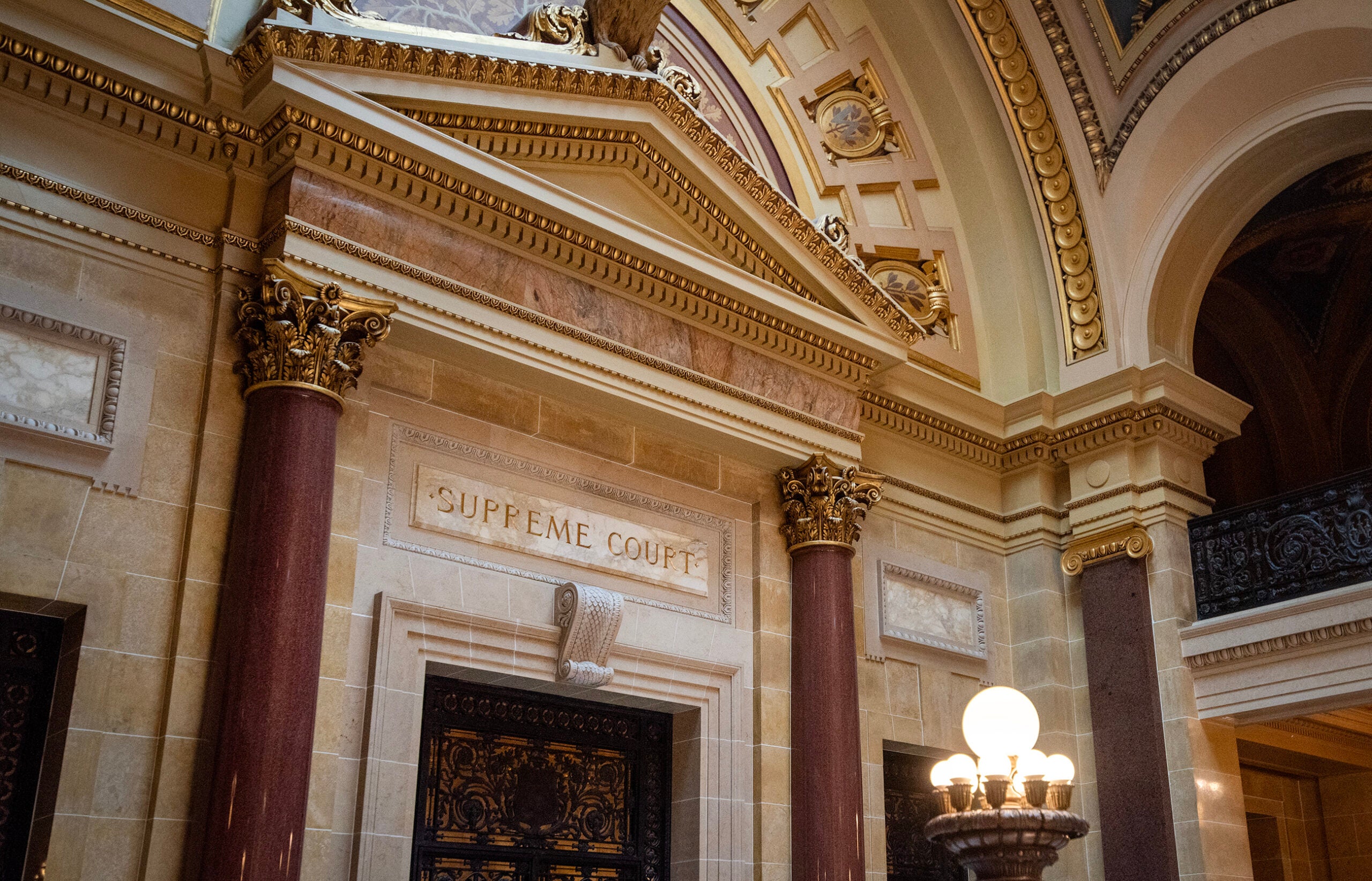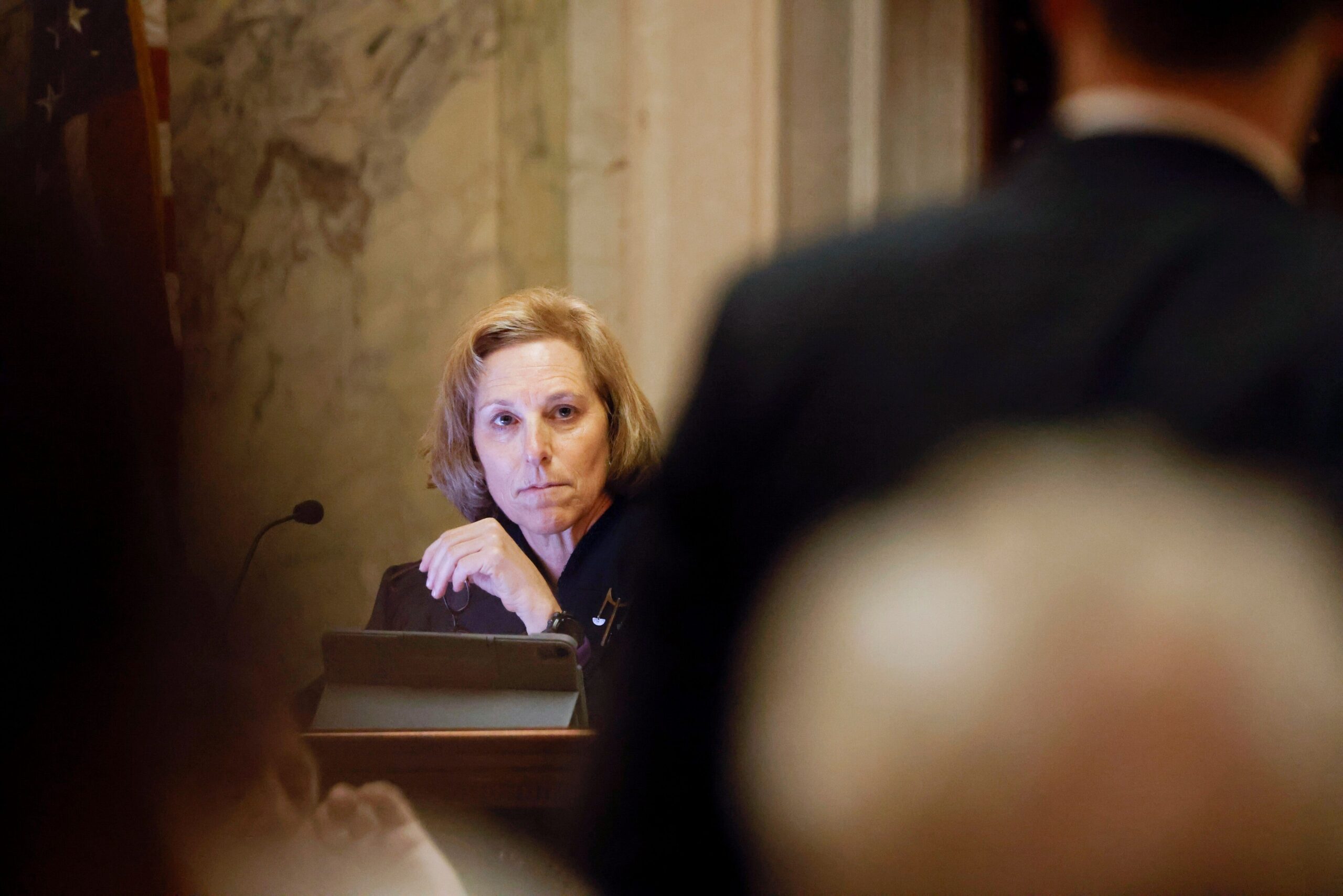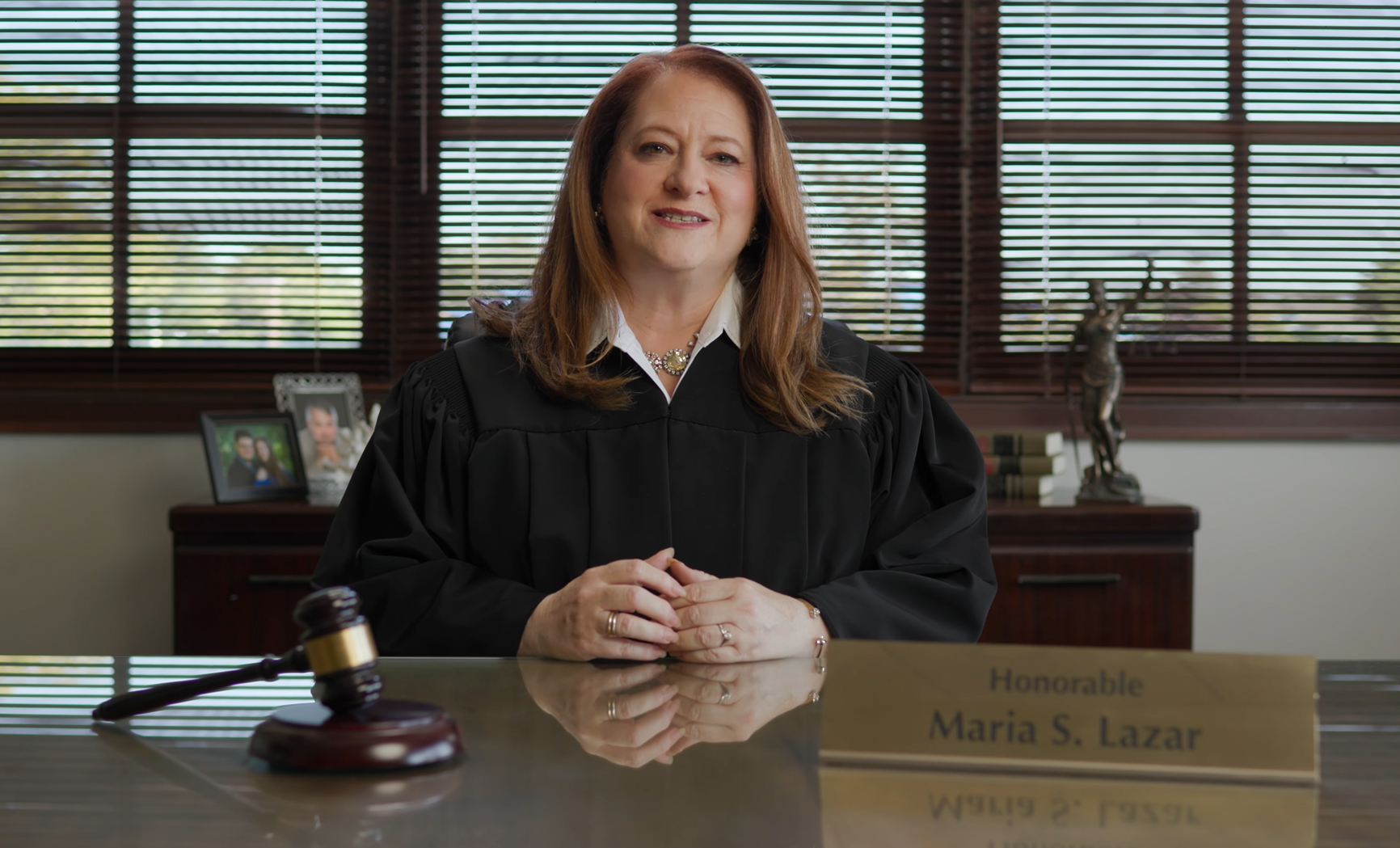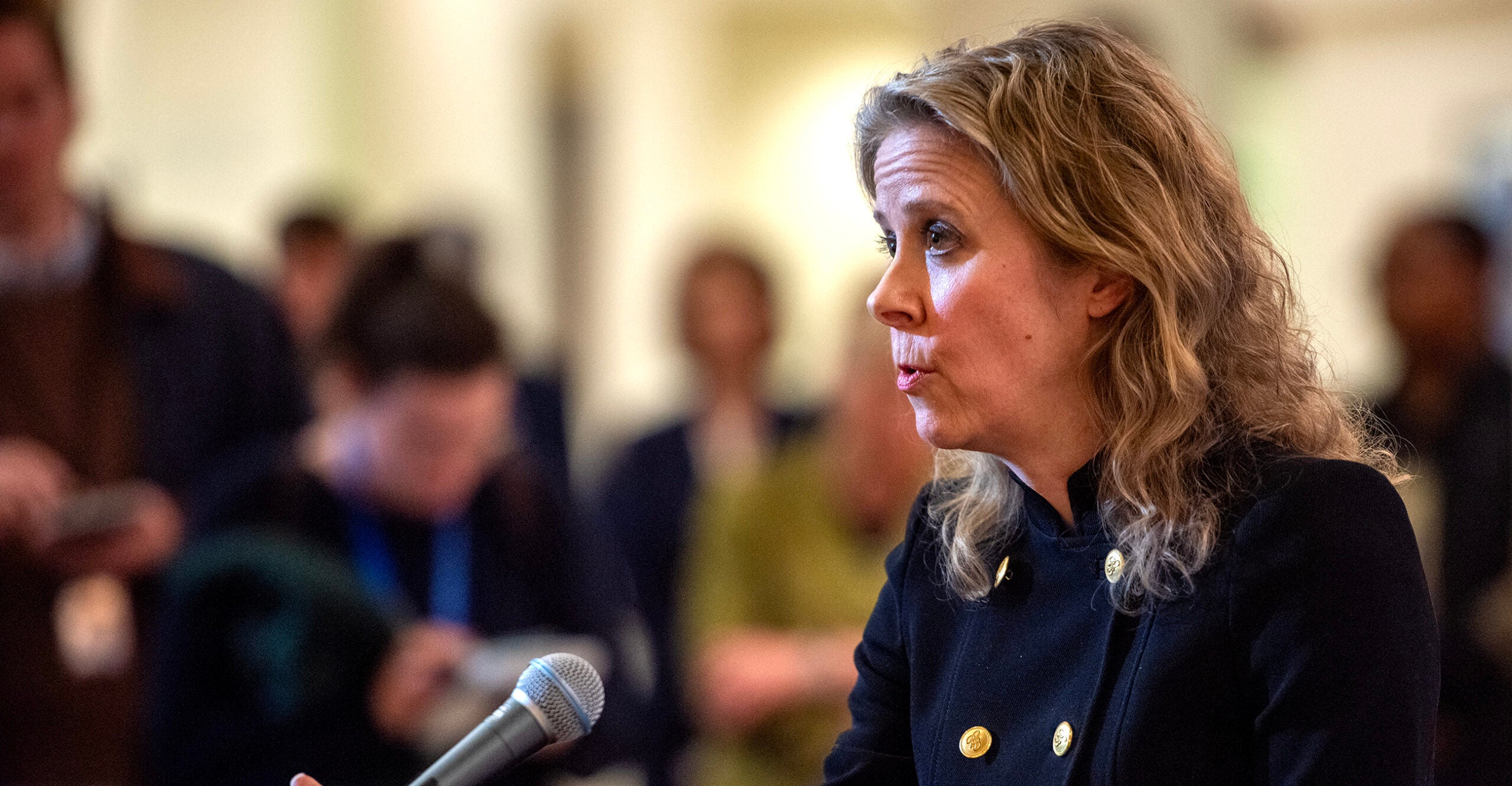Wisconsin’s Supreme Court has issued more 4-3 decisions this term than at any time in the last 70 years.
And so far, the court’s three liberals are coming out on the winning end of those cases more often than not.
Marquette University history professor Alan Ball tracks the data for his website “SCOWstats,” which analyzes Wisconsin Supreme Court rulings by the numbers going back 73 years.
News with a little more humanity
WPR’s “Wisconsin Today” newsletter keeps you connected to the state you love without feeling overwhelmed. No paywall. No agenda. No corporate filter.
Ball said the 2021-22 term of the court is continuing a trend that began after liberal Justice Jill Karofsky defeated conservative Justice Daniel Kelly in 2020, shifting the court from a 5-2 conservative majority to a 4-3 edge.
Since then, the court’s three liberals — Justices Ann Walsh Bradley, Rebecca Dallet and Karofsky — reliably stick together. Conservative Justices Patience Roggensack, Annette Ziegler and Rebecca Bradly typically stick together, too.
It’s put a heightened emphasis on Justice Brian Hagedorn, who Ball says has been consistently unpredictable, the court’s “swing” justice.
“Pretty much any way you wanted to define the term, he has it,” Ball said. “It’s just about the case that you can’t win without him.”
Indeed, Hagedorn has been in the majority on roughly 85 percent of the 4-3 rulings, by far the most of any of the justices.
More surprising, Ball said, is that at least so far this term, the court’s liberal block has been more likely to be in the majority of 4-3 rulings than conservatives.
“Which is striking when you think of a court which is generally regarded as conservative that this trend could be taking place,” Ball said.
Based on a count of decisions the court had released through Monday, Karofsky had joined 62 percent of 4-3 rulings, followed by Ann Walsh Bradley and Dallet at 54 percent.
Among conservatives, Rebecca Bradley had also joined 54 percent of 4-3 rulings through Monday, while Justices Roggensack and Ziegler had joined 46 percent.
Roggensack, Ziegler and Rebecca Bradley have often used their dissenting opinions to attack Hagedorn, who has his share of critics in the Republican base.
Hagedorn won a razor-thin election to the court in 2019, a victory he credited in part to support from Republican grassroots activists. Prior to becoming a judge, Hagedorn was the chief legal counsel for former Republican Gov. Scott Walker.
Ball said the proliferation of 4-3 decisions will put heightened focus on the 2023 Supreme Court election, when voters are expected to replace a retiring Justice Roggensack.
“If she is replaced by someone who’s more or less a liberal, then suddenly Hagedorn won’t matter so much anymore,” Ball said. “But on the other hand, if Roggensack is replaced by someone who’s a conservative, then Hagedorn will remain in this swing vote position.”
The court continued its trend Tuesday, issuing another 4-3 decision in an open records dispute that was decided by a familiar coalition of the court’s liberals and Hagedorn.
While the final numbers could change by the end of the court’s term, nearly half of all the court’s decisions have been 4-3 this term. By contrast, that number was just 7 percent a decade ago.
Wisconsin Public Radio, © Copyright 2026, Board of Regents of the University of Wisconsin System and Wisconsin Educational Communications Board.

